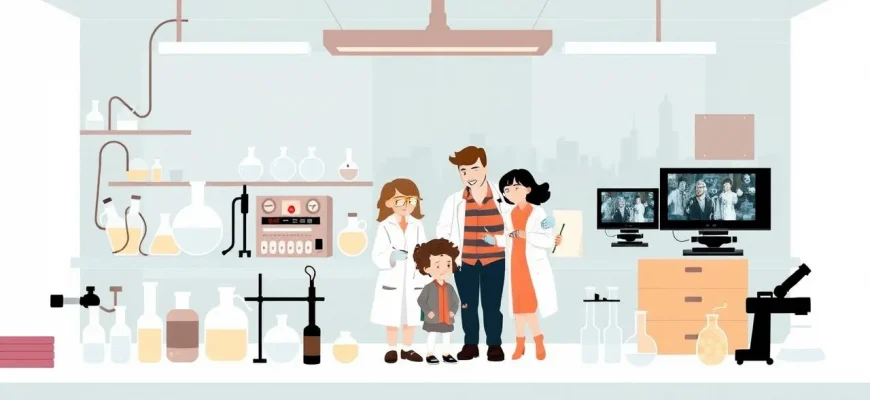Dive into the fascinating world of science with these family-friendly films set in laboratories. These movies not only entertain but also educate, making them perfect for a family movie night where everyone can learn something new while enjoying the magic of cinema. From quirky experiments to heartwarming stories, these films showcase the wonders of science in a way that's accessible to all ages.
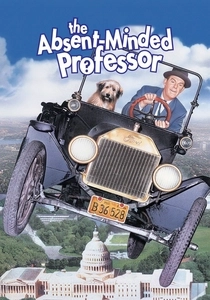
The Absent-Minded Professor (1961)
Description: Professor Ned Brainard invents a substance called "Flubber" that can defy gravity. This classic film showcases the humorous side of scientific discovery, making it a timeless addition to our list.
Fact: The film was so popular that it led to a sequel, "Son of Flubber," in
 Watch Now
Watch Now 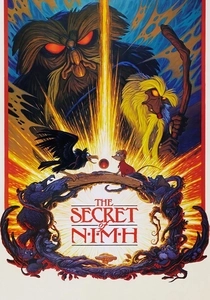
The Secret of NIMH (1982)
Description: This animated film tells the story of Mrs. Brisby, a field mouse who seeks the help of a group of super-intelligent rats from a lab. It's a blend of adventure and the ethical questions surrounding scientific experiments on animals.
Fact: The film was Don Bluth's first feature film after leaving Disney, and it was critically acclaimed for its animation and storytelling.
 Watch Now
Watch Now 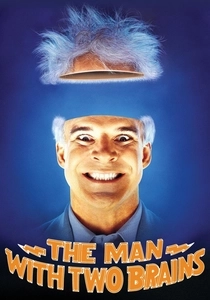
The Man with Two Brains (1983)
Description: Dr. Michael Hfuhruhurr, a brain surgeon, falls in love with a brain in a jar. This comedy explores the humorous side of scientific research and love, making it a unique addition to our list.
Fact: The film stars Steve Martin, who also co-wrote the screenplay, showcasing his comedic talents in a science-themed setting.
 Watch Now
Watch Now 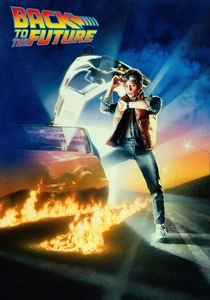
Back to the Future (1985)
Description: While not exclusively set in a lab, the time-traveling DeLorean is invented in Doc Brown's garage, which serves as his makeshift laboratory. The film blends time travel with scientific experimentation, making it an exciting watch for families.
Fact: The film was almost not made due to budget constraints, but Steven Spielberg's involvement helped secure the necessary funds.
 Watch Now
Watch Now 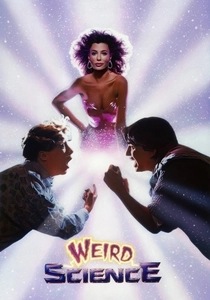
Weird Science (1985)
Description: Two teenage boys create the perfect woman using a computer and a Barbie doll, leading to a series of comedic and scientific mishaps. It's a fun exploration of teenage fantasies and the power of technology.
Fact: The film was directed by John Hughes, known for his teen comedies. It was inspired by the 1954 EC Comics story of the same name.
 Watch Now
Watch Now 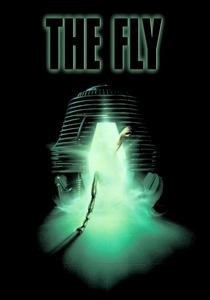
The Fly (1986)
Description: Although this film is more on the horror side, its premise of a scientist experimenting with teleportation in his lab makes it relevant. It's a cautionary tale about the dangers of unchecked scientific ambition, suitable for older children and teens.
Fact: The film was directed by David Cronenberg, known for his body horror genre. The transformation scenes were groundbreaking for their time.
 Watch Now
Watch Now 
Honey, I Shrunk the Kids (1989)
Description: Wayne Szalinski, an eccentric inventor, accidentally shrinks his children and their friends to the size of insects. This film is a delightful mix of adventure and science, perfect for families interested in the wonders of the microscopic world.
Fact: The film was followed by two sequels and a TV series. The original script was much darker, but Disney decided to make it more family-friendly.
 Watch Now
Watch Now 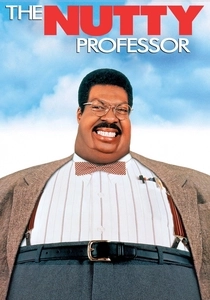
The Nutty Professor (1996)
Description: Professor Sherman Klump invents a formula that transforms him into a slim, suave version of himself. This film combines comedy with the theme of scientific transformation, making it both entertaining and thought-provoking.
Fact: Eddie Murphy played multiple roles in the film, showcasing his versatility as an actor.
 Watch Now
Watch Now 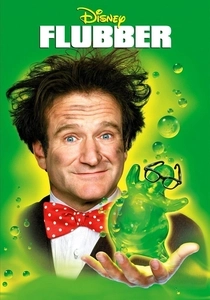
Flubber (1997)
Description: This film follows Professor Philip Brainard, who accidentally creates a substance that can bounce, fly, and even think. It's a perfect blend of family fun and scientific curiosity, making it a great choice for this collection.
Fact: The film was a remake of the 1961 Disney film "The Absent-Minded Professor." The special effects for Flubber were created by Industrial Light & Magic.
 Watch Now
Watch Now 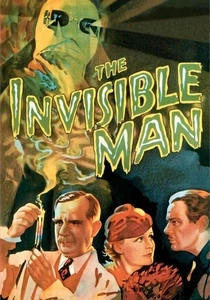
The Invisible Man (1933)
Description: While the original film might be too old for some families, the concept of invisibility through scientific means is timeless. This classic explores the moral implications of scientific discovery.
Fact: The film was based on H.G. Wells' novel and was one of the earliest adaptations of his work to film. The special effects for invisibility were groundbreaking at the time.
 30 Days Free
30 Days Free 
